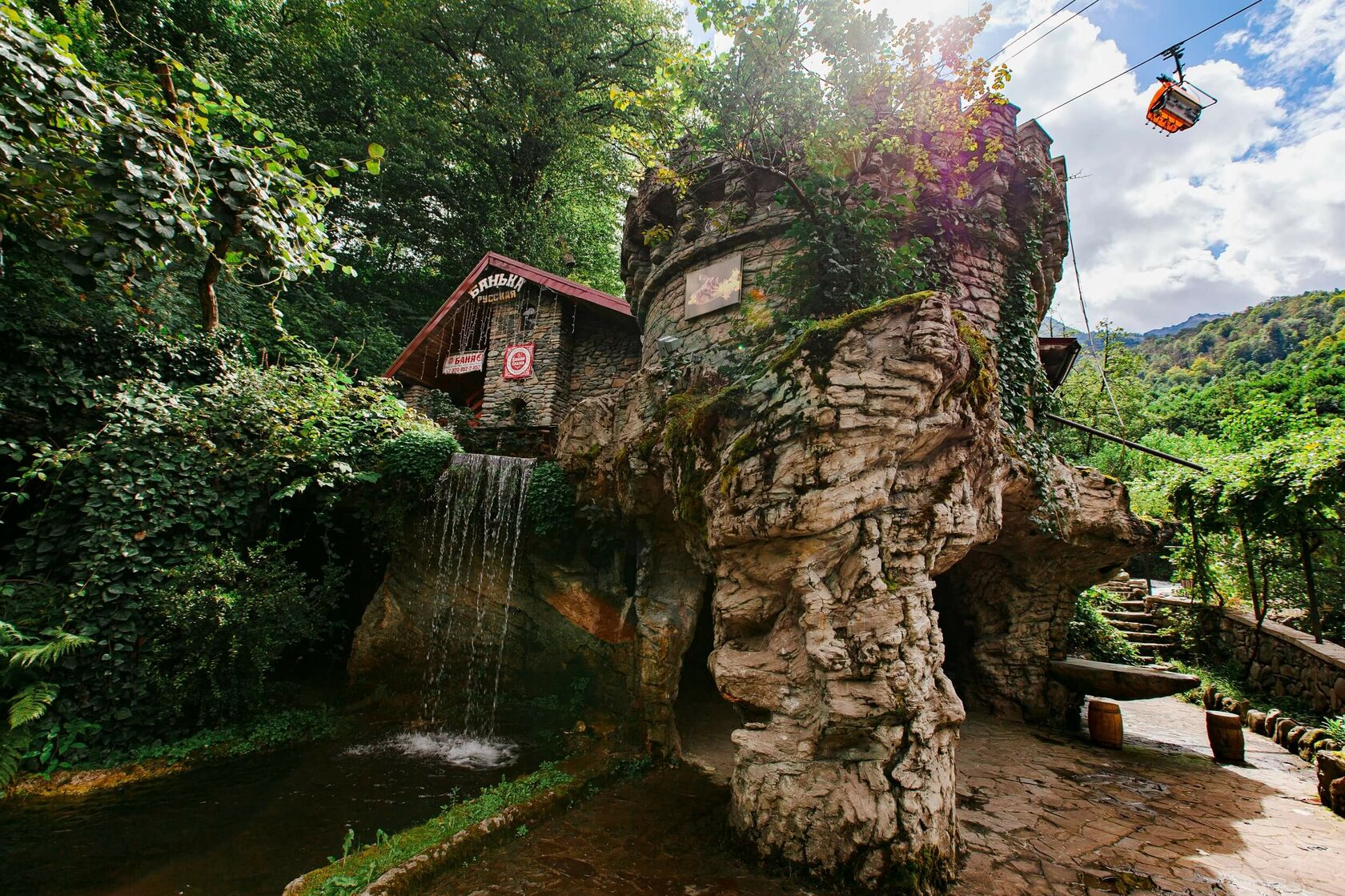In different periods of the history of civilization, baths have repeatedly become the center of cultural and political life. This tradition dates back to the times of Ancient Greece and Ancient Rome, where public baths appeared in the III century BC. It was customary to visit them daily.
Were decisions crucial for the Roman Empire made there? Most likely, yes - we will never know for sure, alas. It was a long time ago. But his famous law about the force acting on a body immersed in liquid, Archimedes discovered during a visit to such a bath. He came to the thermae to think about how to fulfill the difficult task of Gieron, king of Syracuse, with whom he was an advisor. It was necessary to calculate the volume of the king's crown in order to expose the jeweler who made the crown for fraud. And a warm bath suggested a solution!
Were decisions crucial for the Roman Empire made there? Most likely, yes - we will never know for sure, alas. It was a long time ago. But his famous law about the force acting on a body immersed in liquid, Archimedes discovered during a visit to such a bath. He came to the thermae to think about how to fulfill the difficult task of Gieron, king of Syracuse, with whom he was an advisor. It was necessary to calculate the volume of the king's crown in order to expose the jeweler who made the crown for fraud. And a warm bath suggested a solution!

"Eureka!" literally means "I've found it." After Archimedes, it means the insight that led to the solution of a complex problem.
In the Middle Ages, there were many baths in European cities. Paintings and engravings depicting bathing scenes have come down to us. In new times (XVI-XVIII centuries.) water procedures were used for therapeutic purposes, for pleasure and carnal pleasures, as well as for business meetings and discussion of political issues.
During the Renaissance, the baths, as in Roman times, became clubs where political issues were discussed. Illustration: book engraving of the XVI century.
In the twentieth century, bathhouse meetings became particularly widespread. As is known, Lenin and Stalin were not fans of the steam room. But starting with Khrushchev, sauna and baths became almost an auxiliary tool of politics.
In the Middle Ages, there were many baths in European cities. Paintings and engravings depicting bathing scenes have come down to us. In new times (XVI-XVIII centuries.) water procedures were used for therapeutic purposes, for pleasure and carnal pleasures, as well as for business meetings and discussion of political issues.
During the Renaissance, the baths, as in Roman times, became clubs where political issues were discussed. Illustration: book engraving of the XVI century.
In the twentieth century, bathhouse meetings became particularly widespread. As is known, Lenin and Stalin were not fans of the steam room. But starting with Khrushchev, sauna and baths became almost an auxiliary tool of politics.




















